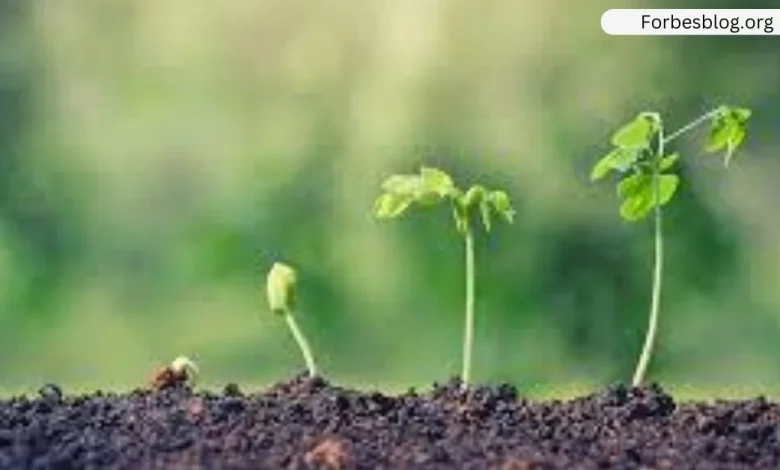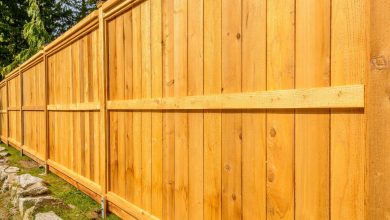Understanding Plants: The Evaluation of Plants

Plants are often regarded as the most generous living beings. The truth is without them, life on Earth would not be possible. This is because plants produce oxygen, absorb carbon dioxide, and are the main source of food for human beings and animals.
Besides playing an essential role in sustaining the survival of other living things, plants are simply brilliant and very visually appealing. In fact, many people choose to decorate their homes with beautiful greenery and colorful blooms with the intention of bringing life to their interior, adding character to the space, and improving their home air quality.
However, before you go plant shopping and choose the perfect plant for your home, you should first get acquainted with the basics of plants and understand their features and characteristics so you can care for them properly.
To help you along, we have created this brief guide to give you a better understanding of plants.
Table of Contents
Classification of plants
Plants are all unique in their physical appearance, structure, and physiological behavior. Because of that, botanists generally classify plants into two major groups: vascular and nonvascular, whose main difference lies in the presence, or absence, of vascular tissues that help transport water and nutrients.
However, each group is further divided into other sub-groups, all of which have their own characteristics.
For example, vascular seedless plants are a subtype of vascular plants that contain vascular tissues but do not produce flowers or seeds. If you want to know more, you can look up online courses on the characteristics of seedless vascular plants, or botany in general, to help you gain a better understanding of how these plants grow and how you can care for them properly.
The main parts of plants
Plants consist of five main parts and these are the root, stem, leaves, fruits, and flowers. Every part works in coordination and performs various functions to help the plant grow and bloom.
For example, the root holds the plant firm in the soil while absorbing minerals and water to help it grow. The stem provides support to other parts of the plant by transporting water, nutrients, food, and hormones. The leaves undergo different processes to help the plant stay healthy and grow. The fruit is the mature ovary which aids in the protection and dissemination of the seed. The flowers are the reproductive part of the plant.
The wants and needs of plants
In order for all plants to survive and thrive, they need:
- Light, which they usually get from the sun as it serves as their primary source of energy
- Air, which helps them photosynthesize and breathe
- Water, which helps them absorb the nutrients from the soil
- Nutrients, which help them germinate, grow, fight off diseases and pests as well as reproduce
- Space, so they can spread out and absorb water and nutrients
Providing plants with all of these things can help plants grow and be healthy, thus aiding in producing beautiful flowers. Excess or lack of any of these important elements can hinder the proper growth of plants as well as increase the chances of them drying out or rotting.
Caring for plants
Because plants are very diverse, they all require different temperatures, hydration, and humidity to survive and reproduce.
For example, indoor plants should be provided with plenty of light and enough water to help them grow and carry out the processes they need for thriving. Also, make sure you put them in the right pots with holes in the bottom to allow excess water to drain out of the soil. Don’t forget to use good potting soil with essential nutrients to help your plants stay strong and healthy.
As for outdoor plants, follow the same caring tips as with indoor plants, but also remember to weed your garden regularly, deadhead any dead flowers to stimulate growth, and fertilize your plants frequently.
Final thoughts
Plants are very important for the planet and for all living things. They perform numerous functions which are necessary for the survival of humans and animals. Aside from this, plants are also aesthetically appealing and can instantly liven up any home with their beautiful smells and colors.
However, in order to make the most out of plants, it is essential that people get acquainted with the basics and learn how to classify plants properly to help them grow and stay strong and healthy.
For more information, refer back to our post to gain a better understanding of plants.
READ MORE: 6 Plants Against The Stress




